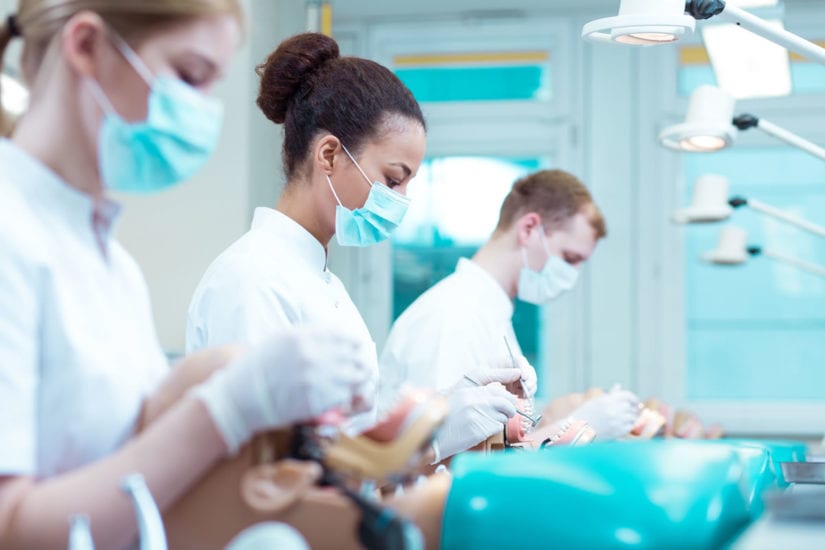
For Canadians to fully achieve optimal health, it’s crucial they have healthy teeth and gums. While a large part of this responsibility lies with at home dental hygiene routines, dentists and other oral health professionals have an important role in making this a reality. With technological advancements touching virtually every pillar of our lives, various emerging trends such as 3D printing, quick tooth alignments or next-generation veneers will change the face of dentistry forever.
Experts predict that dental care will evolve more in the next 20 years than in has in the last 50 years. So what are the main current unmet needs? About 12% of Canadians report to having avoided specific foods in the past year because of a dental issue and an additional 12% say they have been dealing with ongoing tooth pain over the course of 12 months. While it’s good to learn that 74% of Canadians see their dentist in any given year, a significant number still delay visits due to financial reasons. Tooth decay and gum disease have been proven to be the main culprits with 96% of all Canadians revealing they have dealt with at least one cavity throughout their lifetime and 7 in 10 currently suffering from sort of gum disease. To add even more to the burden, imagine that at least 2.26 million school-days and 4.15 million working days are lost in any given year due to dental appointments and procedures or recovery time.
Simultaneously, it’s important to recognize that today, over half of the economic value of dental care is made up of procedures and treatments that were not available 20 years ago. Obviously, patient demographics are a key driver in the future of dentistry. For the first time in the history of mankind the number of elderly people will surpass the young ones, not only in Canada but all over the world. This global trend is bound to have serious implications. According to available data, the number of people aged over 60 years old is projected to increase by a staggering 87% by 2025. This in return will create a demand for more conventional dental needs.
As a reaction, technology will interrelate with disease patterns, the workforce will change according to patient behaviours and practice models will change after service choices while demographics will add a strain on capacity issues. For these reasons, the future of dentistry can be best described as going under a transformation. A transformation that promises to enhance patient experience, improved and easier to access services and prevention of cavities and periodontal disease. At the same time, oral hygiene tools such as floss and toothbrushes will benefit from a complete makeover, making them smarter and helping patients control their cleaning habits better. Looking at the future, it appears that dentistry will make great strides and in 20 years from now, while it may be a little too optimistic to presume all dental diseases will be eradicate, it will definitely become increasingly easier to treat them.
